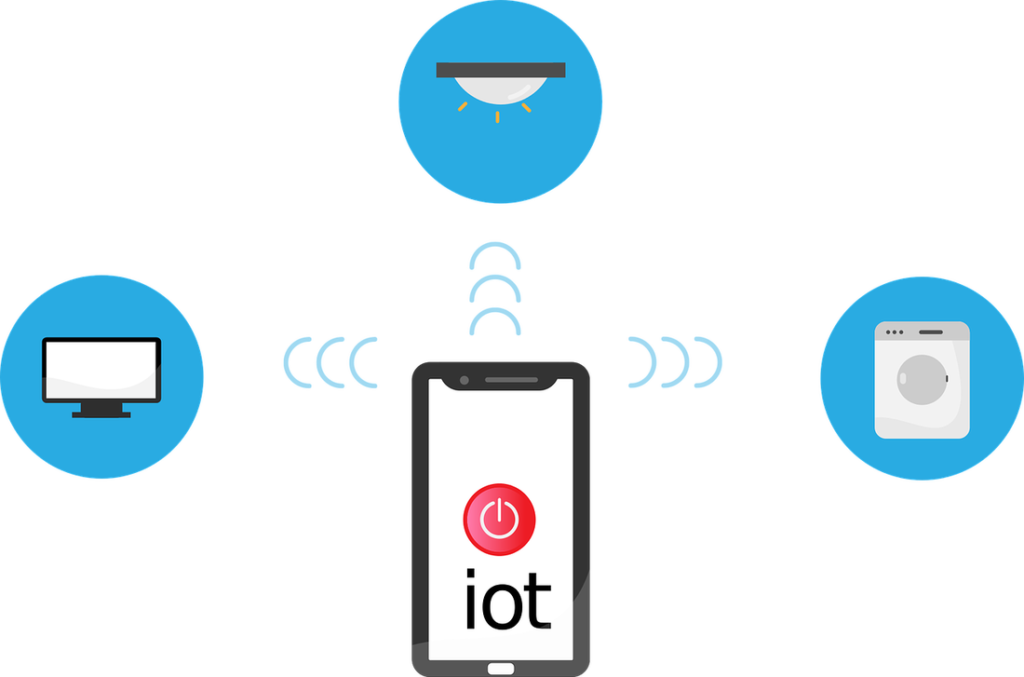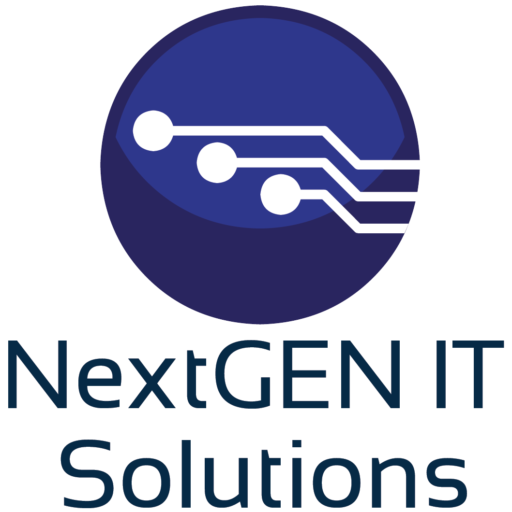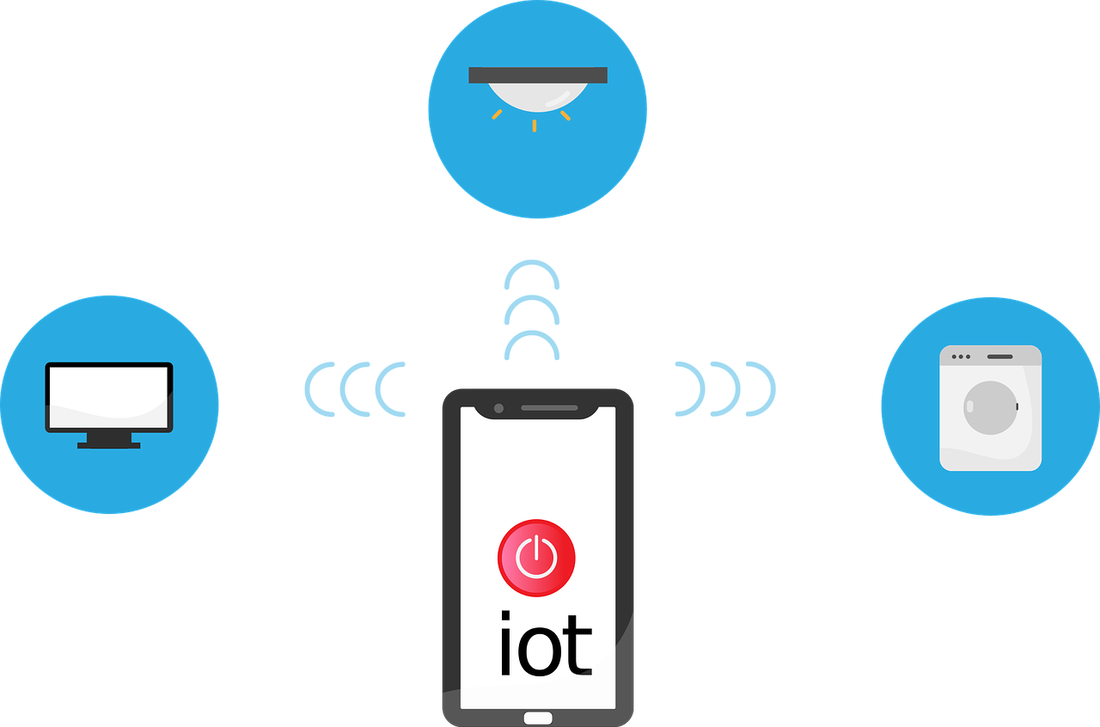IOT How to Stay Safe

The Internet of Things (IoT) is no longer a futuristic concept. It’s rapidly transforming industries and reshaping how businesses operate. IoT refers to smart devices that are internet-enabled, such as smart sensors monitoring production lines or connected thermostats optimizing energy consumption.
Experts project the number of connected devices worldwide to continue growing, from about 15 billion in 2023 to an estimated 21 billion in 2026. IoT devices are becoming integral to modern business operations. However, successfully deploying them on your existing network can be challenging and often feels like navigating a maze.
Are you struggling with the integration of smart devices? This guide will equip you with the knowledge and steps you need to achieve a smooth deployment.
Step 1: Define Your Goals and Needs
Before diving in, it’s crucial to have a clear vision of your goals. Ask yourself and your team a few questions to ensure you’re aligning smart devices with your business needs.
What problem are you trying to solve with IoT?
Are you aiming to improve operational efficiency, gain real-time data insights, or enhance remote monitoring capabilities? Defining the specific issue helps you target your IoT device deployment effectively.
What type of data will you be collecting?
Define the nature and volume of data generated by your chosen devices. This is essential for choosing the right network infrastructure.
What level of security do you need?
Security measures depend on the sensitivity of the data collected. Determine if you need specific measures to protect it from unauthorized access.
By answering these questions, you’ll gain a clearer picture of your specific needs, enabling you to select the most appropriate IoT devices and network solutions.
Step 2: Select the Right Devices and Network Infrastructure
With your goals in mind, it’s time to choose your components. Focus on both the devices and the network infrastructure.
IoT Devices
When choosing smart devices, consider factors such as:
– Compatibility with your existing infrastructure
– Data security features
– Scalability
– Power requirements
Research reputable vendors and choose devices with strong security protocols, such as good firmware protection.
Network Infrastructure
Your existing network might not be equipped for the extra traffic and data generated by IoT devices. You may need to upgrade your bandwidth and deploy separate networks for IoT devices. Consider investing in dedicated gateways to manage communication between devices and the cloud.
Step 3: Focus on Security Throughout the Journey
Security is paramount in the realm of IoT. Compromised devices can become gateways for cyberattacks. Malware attacks on IoT devices increased by 77% during the first half of 2022. Here are some key security considerations.
Secure the Devices
Ensure the chosen devices have strong passwords and are regularly updated with the latest firmware. Opt for devices that offer features like encryption and secure boot.
Segment Your Networks
Create separate networks for IoT devices and critical business systems. This minimizes the potential impact of a security breach on your core operations.
Install Network Access Control (NAC)
Implement NAC solutions, such as multi-factor authentication, to restrict access to your network only to authorized devices. These controls help you enforce security policies automatically.
Track and Maintain
Continuously monitor your network for suspicious activity and regularly update your security protocols and software to stay ahead of evolving threats.
Step 4: Deployment and Ongoing Management
With the necessary hardware and security measures in place, it’s time to deploy your IoT devices. Here are some tips:
– Follow the manufacturer’s instructions carefully during installation and configuration.
– Test and confirm the functionality of your IoT devices before fully integrating them into your network.
– Develop a comprehensive management strategy that includes regular maintenance, firmware updates, and issue monitoring.
Step 5: Continuous Learning and Improvement
The world of IoT is constantly evolving, and so should your approach. Here are some tips for continuous improvement.
Analyze the Data
Once your IoT devices are operational, analyze the collected data to gain insights, identify areas for improvement, and refine your strategy.
Embrace Feedback
Encourage feedback from stakeholders within your organization. Use it to constantly refine your implementation and address emerging challenges.
Stay Informed
Keep yourself updated on the latest trends and advancements in the IoT landscape. This empowers you to adapt and leverage new technologies as they emerge.
Successfully deploying IoT on your business network requires careful planning, prioritization of security, and a commitment to continuous improvement.
Get Expert Help for Your Network Devices
Need help embracing a proactive approach to IoT adoption? We can help you transform your business operations and unlock the full potential of smart devices at your business.




